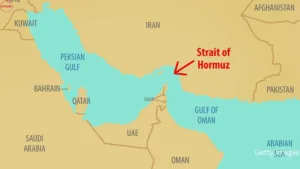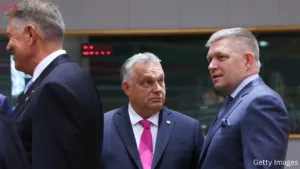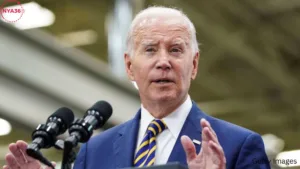The Strait of Hormuz, an essential maritime bottleneck, possesses significant strategic importance owing to its involvement in the transit of global energy resources. The passage in question plays a crucial role in enabling the transfer of a substantial proportion of the global oil supply, as it serves as a major route for oil tankers and cargo vessels. The occurrence of any interruptions or tensions within this particular region can potentially have significant consequences for both global energy markets and regional security.
The act of Iran closely monitoring the USS Eisenhower carrier strike group and issuing instructions for the U.S. carrier to ground its aircraft upon entering the Persian Gulf serves as a representation of the persistent geopolitical tensions that exist between Iran and the United States. The utilization of Iranian unmanned aerial vehicles (UAVs) for the purpose of closely surveilling U.S. naval activities is a frequent occurrence, serving as a demonstration of Iranian military prowess and a method of exerting dominance over waterways in the region.
The decision to keep aircraft grounded by the carrier group can be interpreted as a cautious action or a demonstration of might by Iran, aimed at asserting its regional authority and possibly contesting the perceived supremacy of the United States’ naval influence. These activities could also be construed as a symbolic gesture indicating Iran’s state of alertness and preparedness to retaliate against perceived threats or provocations within its maritime boundaries.
The Strait of Hormuz has historically served as a location of past tensions and events involving Iran and the United States Navy. Maritime confrontations, encompassing naval exercises, contacts, or verbal exchanges, have sporadically engendered heightened tensions within the region, albeit without resulting in immediate armed hostilities.
⚡️BREAKING:
Iran has released scenes of monitoring the aircraft carrier USS Dwight D. Eisenhower with drones while passing through the Strait of Hormuz.
The IRGC warned the US to leave all aircraft on the aircraft carrier while you pass through pic.twitter.com/3WbycA7uq8
— Iran Observer (@IranObserver0) November 28, 2023
The United States frequently deploys carrier strike groups to the Persian Gulf region for several objectives, such as upholding freedom of navigation, promoting regional stability, and projecting military influence in the area. Nevertheless, Iran has long regarded this presence with skepticism, as it regards it as a potential encroachment on its national security and sovereignty.
The complex nature of regional dynamics and the possibility for miscalculations or escalations in the midst of heightened tensions are highlighted by the interaction between Iranian unmanned aerial vehicles (UAVs) and the United States’ carrier strike group. Both parties involved in these tactics must exercise caution and skillfully manage the situation in order to avoid inadvertent conflicts or misunderstandings that have the potential to grow into a more significant confrontation.
It is imperative for both Iran and the United States to demonstrate caution, adhere to international maritime norms, and prioritize diplomatic communication in order to avert the escalation of any incidents into a wider confrontation. The effective management and de-escalation of tensions in this geopolitically sensitive region necessitate the utilization of communication channels and diplomatic endeavors.

Due to the inherent instability and uncertain nature of such circumstances, it is imperative to closely observe and manage any advancements occurring in the Strait of Hormuz or the Persian Gulf. Diplomatic measures should be employed to avert any potential escalation that may disrupt regional stability or have wider ramifications for global security and energy markets.
Follow us on social media: Instagram, Threads & Twitter X @nya360_ YouTube & Facebook @nya360.





